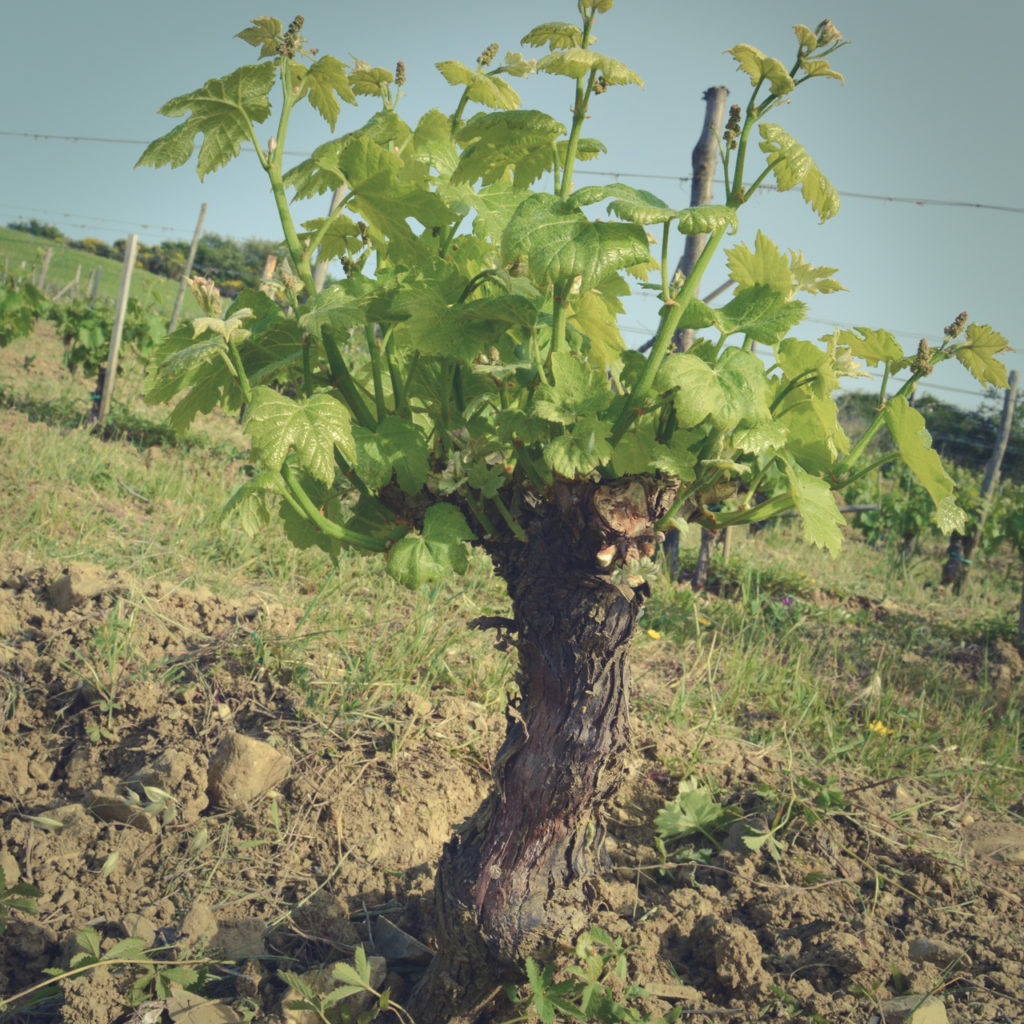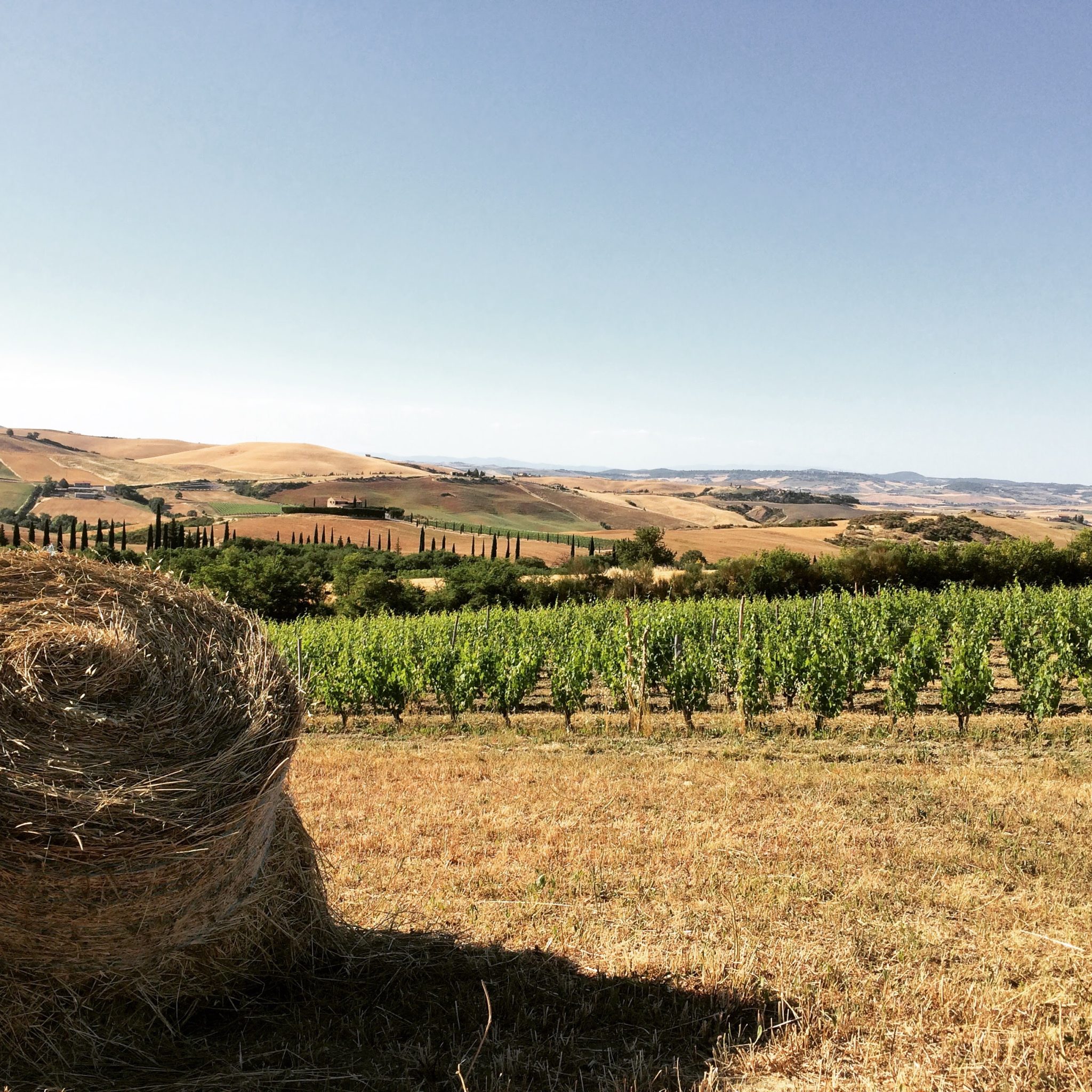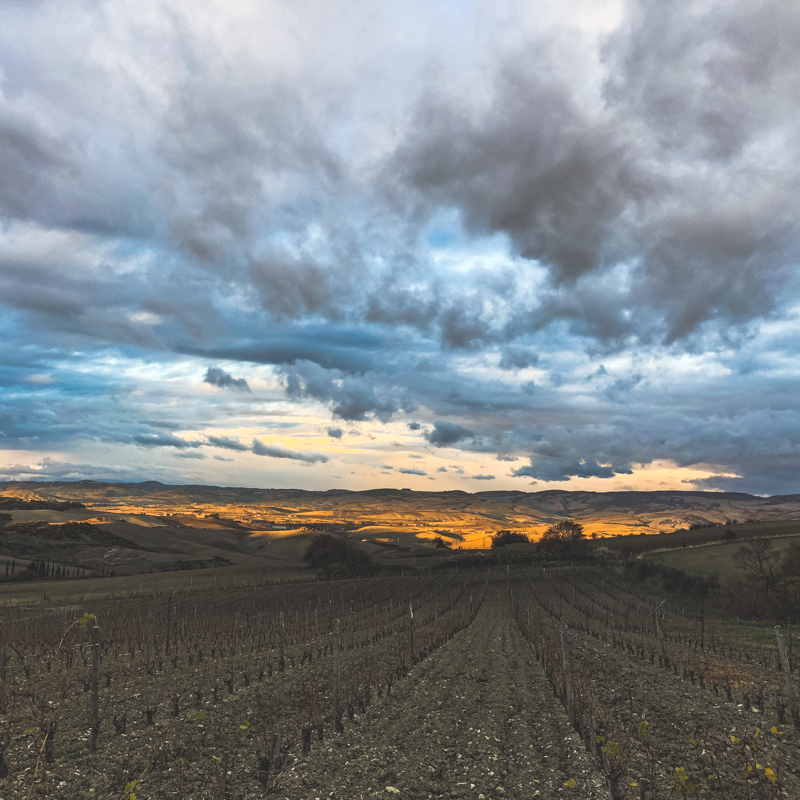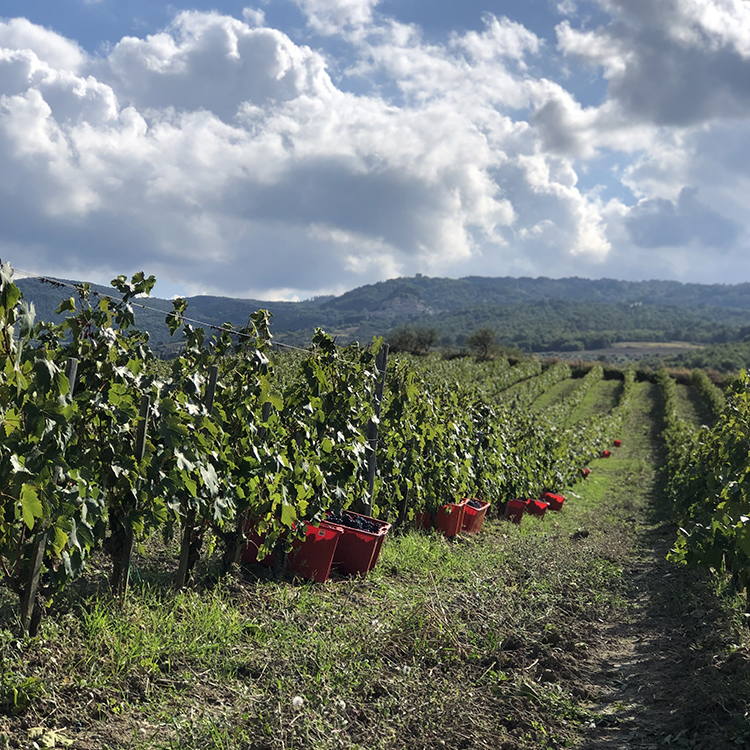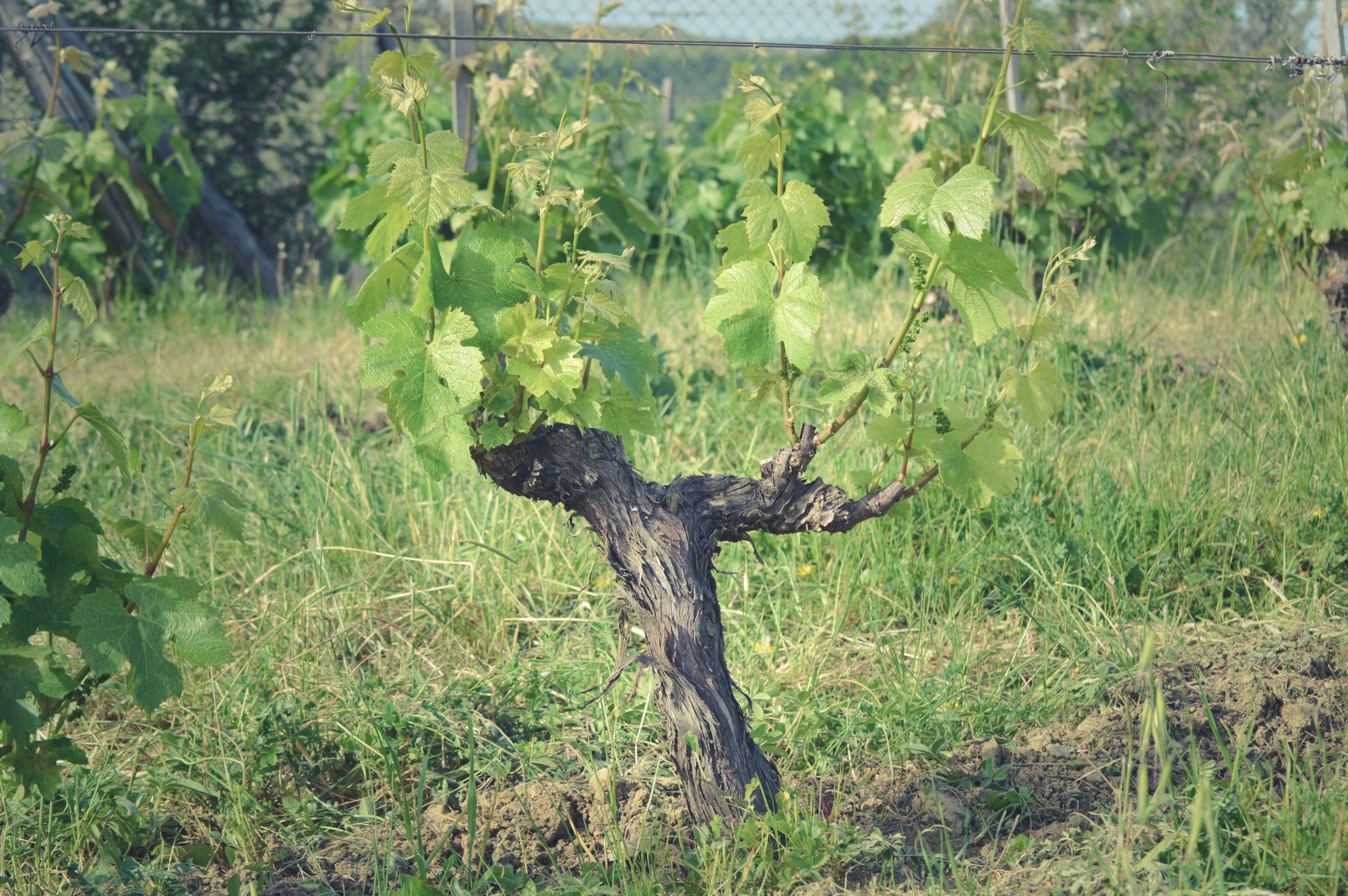
The Vineyard
The Vineyard
The wine must enhance the nature of the land to the fullest extent
Eravamo certi del fatto che lo scheletro minerale dei terreni e la notevole escursione termica derivante sia dall’altitudine che dalla vicinanza con il Monte Amiata avrebbe conferito ai vini eleganza e potenza. Nei nostri 2,5 ha di vigneto viene coltivato principalmente il Sangiovese, vero principe dei vitigni toscani, ma anche il Colorino, un autoctono dal carattere audace e intrigante, e alcuni filari di Merlot e Chardonnay, che, a ragione delle condizioni pedoclimatiche delle vigne, danno risultati di carattere e tipicità.
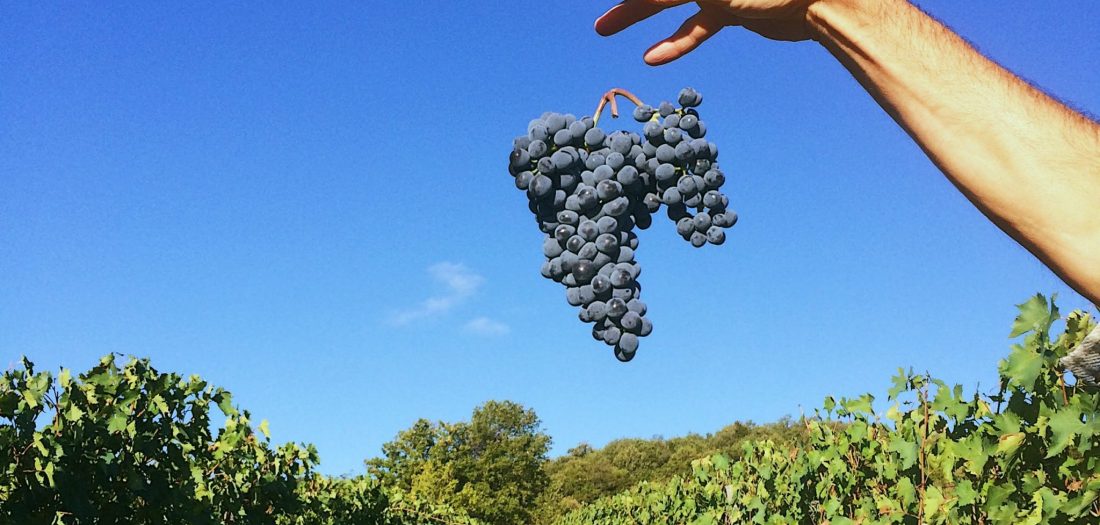
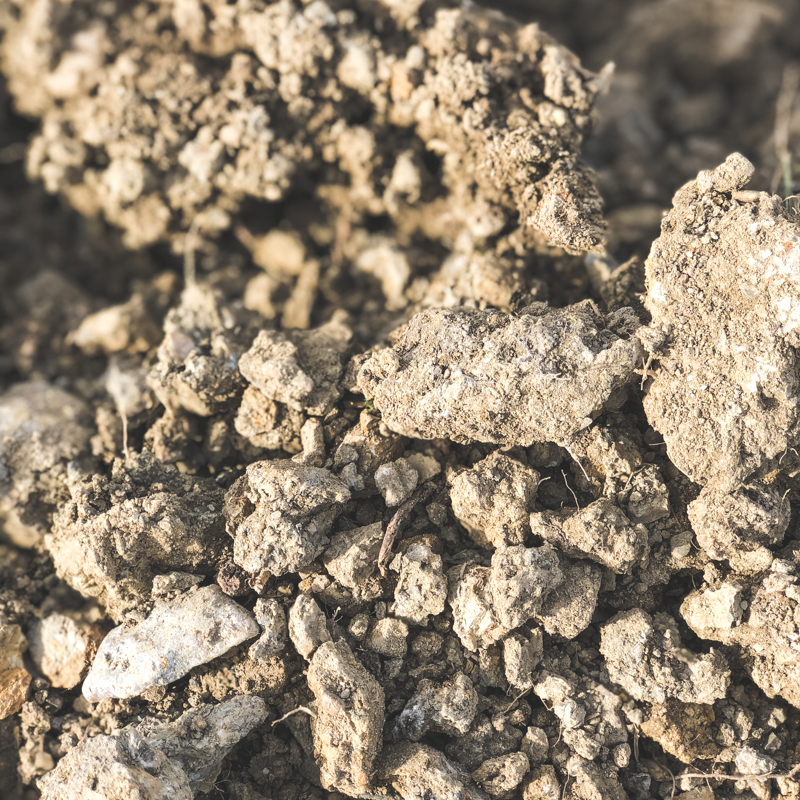
The Soil
A thousand-year history
The soils of our vineyards tell pages of a millennial history marked by the slow geological evolution that has shaped our landscape. There are two determining factors that have contributed to making the characteristics of our soils unique: the presence of a marine basin that covered the Val d'Orcia between 4.5 and 2.5 million years ago, traces of which remain in the sand and clay deposits, and the 100,000 years of volcanic activity on Mount Amiata evidenced by the presence of various types of magmatic rocks. The soils of our vineyards have a rich mineral skeleton consisting of clay, silt and sand, mixed together in equal proportions.
The Alberello
The French vine
Our interpretation
Starting from this tradition, now in disuse, we have recreated our form of sapling bred on the wall with two branches from which the fruiting heads develop. The alberello requires great craftsmanship and dedication since all the main cultivation operations must be done manually. Our vineyards have a planting density of 5,200 vines/ha and are uniquely bred with this system, which allows us to obtain great concentrations given the short distance between the root and the fruit and the low yield of the vines, as well as satisfactory phenolic ripening due to the proximity to the earth from which the grapes directly draw heat.
